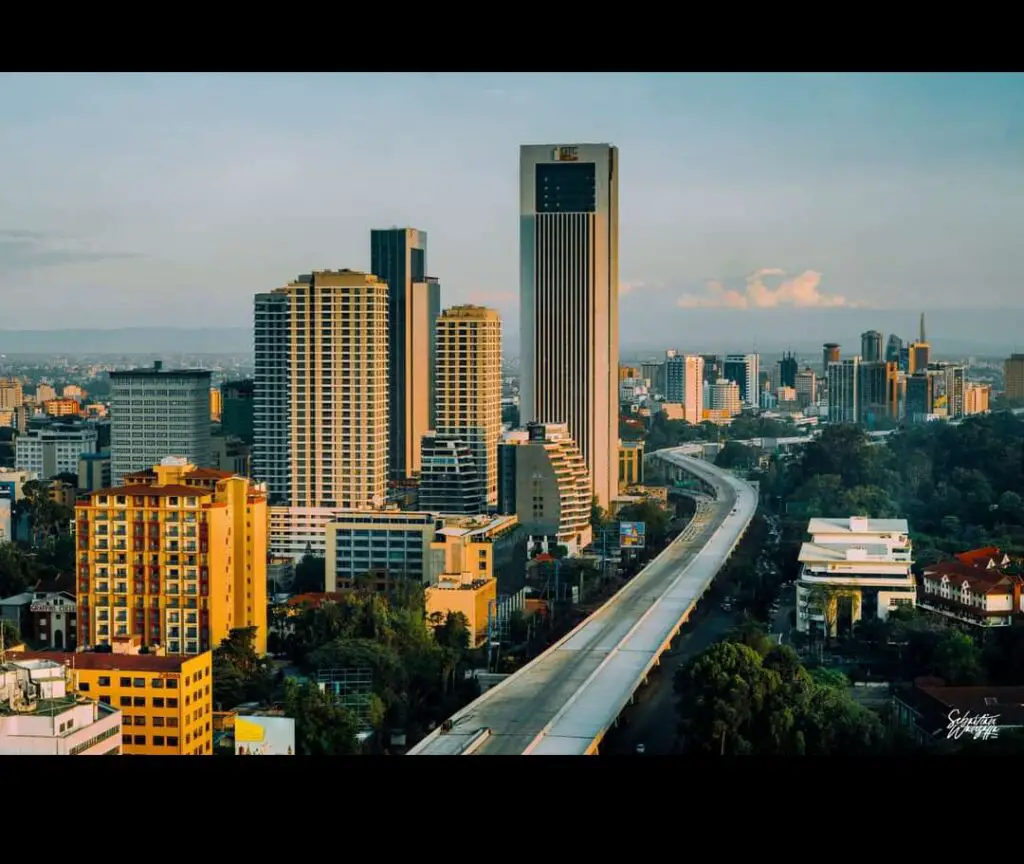- East African cities dominate the top five performing cities, including Kampala, Antananarivo, Mwanza, and Dar Es Salaam.
- While Sub-Saharan cities are expected to witness marginal gains in productivity compared to global counterparts
- Despite currently being the second-largest region by aggregate city GDP, the report forecasts that the South will be overtaken by the East African Cities by 2050.
East African cities are poised for strong economic growth between 2024 and 2050, outpacing other regions on the continent, an analysis by Oxford Economics has shown.
The report indicates that these cities will experience an average GDP growth rate of 3.5 per cent annually, primarily fueled by significant inflows of foreign direct investment and strategic initiatives the East African Community (EAC) implemented to bolster sectors such as business services and manufacturing.
In contrast, Southern African cities are anticipated to face the weakest outlook, with a projected GDP growth rate of 1.7 per cent per year, attributing this trend to political instability and structural unemployment issues in major urban centres like Cape Town.
Read Also: EAC bloc off to a rocky flight in 2024 as trade tensions mount
However, despite currently being the second-largest region by aggregate city GDP, the report forecasts that the East African Cities will overtake the South by 2050.
“Over our forecast horizon, 65 of the world’s 100 fastest growing cities will be sub-Saharan, with the top 10 all comprised of cities from the region. Burundi’s Bujumbura will lead the global growth table, with its population set to triple over the next two decades. Mali’s Bamako and Rwanda’s Kigali will closely follow behind in the rankings,” the report reads in part
The leading city in terms of GDP growth over the forecast period is Abidjan, the capital of Côte d’Ivoire. The industrial sector, propelled by recent developments in oil and gas production, is expected to be a primary driver of growth in Abidjan.
East African Cities Outperform Region
The top five performing cities are also dominated by East African cities such as Kampala, Antananarivo, Mwanza, and Dar Es Salaam. Kampala, in particular, is projected to triple its economy by 2050, with growth primarily stemming from the industrial sector and burgeoning consumer and business services industries.
While Sub-Saharan cities are expected to witness marginal gains in productivity compared to global counterparts, total incomes are forecasted to more than double by 2050 due to population growth.
However, the lack of growth in GDP per person employed may result in low purchasing power relative to global standards. For instance, North American cities are expected to achieve significantly higher annual income per capita gains than Sub-Saharan cities.
Despite the substantial increase in total consumer spending in major Sub-Saharan cities by 2050, the composition of other expenditures is expected to remain skewed towards essential categories such as food and utilities, reflecting the limited growth in income per capita.
“By the year 2050, total consumer spending in the major cities of sub-Saharan Africa will stand at $1.7 trillion (in nominal terms), implying a net increase of $1.3 trillion from 2023 levels. The two largest consumer markets, Johannesburg and Lagos, will account for just under a fifth of this expansion,” the report notes.
However, while the scale of the increase is striking, the composition of the spending provides a clear reminder of where sub-Saharan cities sit on the development spectrum. Reflecting the lack of growth in income per head between 2023 and 2050, consumer spending will continue to be heavily skewed towards non-discretionary, essential categories such as food and utilities.
Expenditure Outlook
For example, this is markedly different from the expenditure patterns in the more developed North American and European city economies, where a much greater share of spending is dedicated to discretionary recreation items.
The findings and projections presented in this report are part of the Oxford Economics Cities and Regions suite of forecasting services, utilizing the Oxford Economics Global Economic Model (GEM) to provide insights into the economic trajectories of cities and regions worldwide.
Read Also: Kenya, Tanzania and Congo corridors to drive East Africa trade growth by 2035
As East African cities emerge as key drivers of economic growth in the region, stakeholders are encouraged to leverage these opportunities to foster sustainable development and address existing challenges to ensure inclusive prosperity for all citizens.
The scale of the demographic changes in sub-Saharan and East African cities is striking globally. Between 2023 and 2050, the total population of our 1,000 global cities will increase by 568 million. The 86 sub-Saharan cities in this analysis will account for 35 per cent of this rise, equating to an additional 200 million people. By 2050, the region’s cities will be home to 420 million people.
While the urban landscape in sub-Saharan Africa is rapidly changing, the scale of population increase in Kinshasa and Lagos will dwarf elsewhere. Nigeria’s Lagos and among the East African Cities, DRC’s Kinshasa are by far the most densely populated and populated cities in sub-Saharan Africa: the former is home to 15.2 million. At the same time, 14.8 million reside in the latter.
The comparable population sizes mean that the two megacities are neck-and-neck in our global city ranking (25th and 26th, respectively) for 2023. But while Lagos currently sits as the largest city, we soon expect a reversal in positions. Kinshasa will overtake Lagos in 2025, and this lead will only widen over the forecast period. By 2050, the total population will reach 37.6 million, 1.5 times the size of Lagos (24.9 million).
This equates to an additional 96 people per hour for the next 27 years. For context, it would take New York 12 hours to match Kinshasa’s 1-hour increase. Kinshasa’s population rise will partly reflect a natural change element. But rural-to-urban migration will also provide a sizeable contribution, with political instability in the eastern provinces, such as North Kivu, pushing residents west to Kinshasa.
